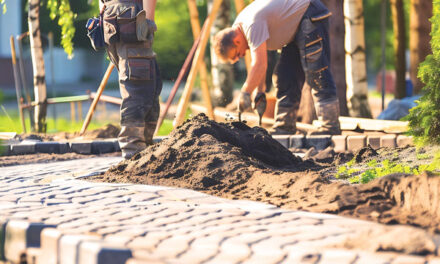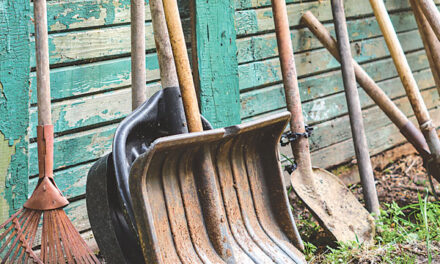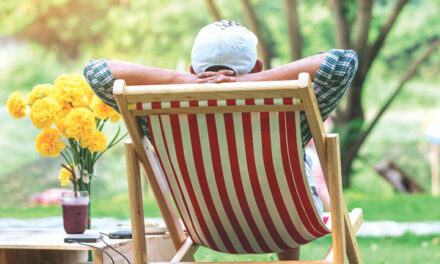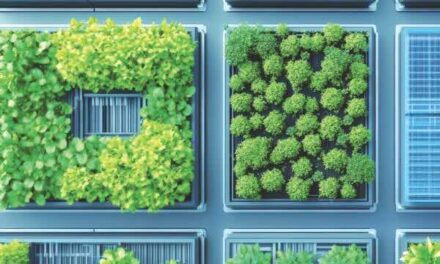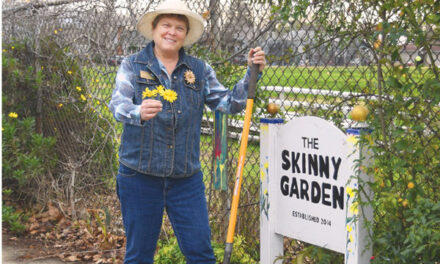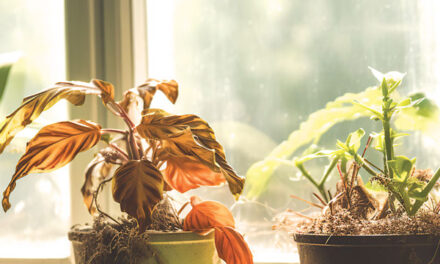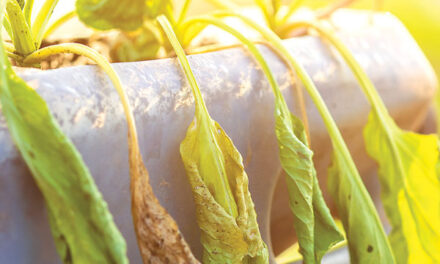Colossal piles of leaves deposited on Sacramento streets traditionally signals the city is about to unleash “The Claw” to scoop and remove the leaf-capped Alps. A city of trees begets a city of leaves.
Ideally, residents will perform feats of physical activity and burn triple-digit calorie counts, raking and moving leaves to the street or into green waste containers. In reality, not everybody works up a sweat.
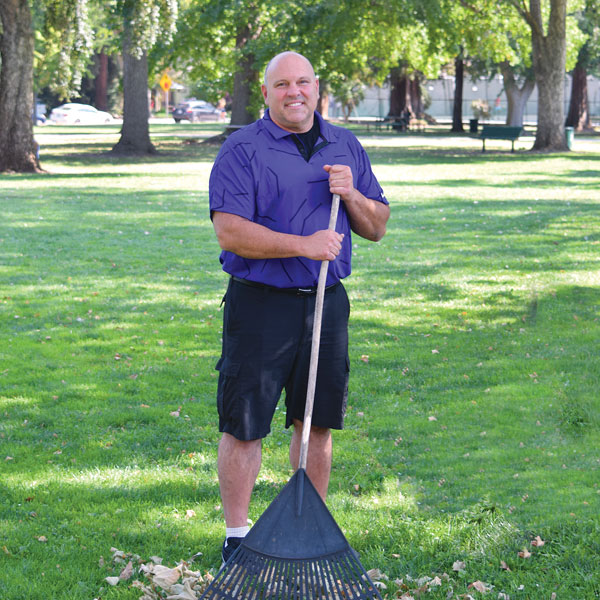
Mow-and-blow gardening companies and those annoying leaf blowers can make the chore easier than scooping ice cream into a cone.
As the holiday eating season approaches, fall gardening can lessen the guilt of gobbling pumpkin pie, gravy and sugar cookies. People who value the benefits of exercise can capitalize by actually raking leaves. All that pulling, twisting, bending and lifting burns 350-450 calories an hour, the website WebMD estimates.
Gardening is movement and moving burns calories. An hour of planting flowers or weeding will cook 300 calories. A half-hour of mowing lawns will shed 175 calories (more if you use an old-school push mower). One hour of digging and moving soil or mulch will shed as many as 500 calories. The more you weigh, the more calories you burn.
“Raking leaves is an aerobic activity,” says Cary Caulfield, a treating therapist and owner of Capitol Physical Therapy, with offices in Sacramento, Elk Grove and Roseville. “Over extended time and if done correctly, it can be athletic and dynamic, working multiple segments of the body. Large muscle groups, such as the thighs, hips and shoulders are all a focus of raking.”
Even more important, Caulfield says, is working core muscles around the trunk and pelvic areas while raking. Keep an eye on your heart rate, he adds.
Working in the yard has multiple benefits. Along with reducing “love handles,” gardening increases self-esteem, reduces stress and generates a sense of wellbeing, happiness and accomplishment. Numerous studies support the psychological rewards.
Physically, gardening improves strength, flexibility, endurance and cardiovascular health.
“Gardening is a fun, healthy and Earth-friendly activity,” Caulfield says. “It is especially awesome in our farm-to-fork region. Generally, gardening is a safe activity, but it also can be the source of varying aches, pains and injuries.”
Sprains, strains, repetitive strains (overuse) are the most common gardening injuries. The morning after an especially long day in the garden is often a reminder of exuberance. We may feel discomfort in the lower back, neck, shoulders, knees, wrists and hands. Ouch.
Physical therapist-approved tips can help gardeners avoid serious aches and pains. Caulfield emphasizes not attempting too much during a gardening session and asking for help with the most arduous projects.
A short 10-to-15-minute walk and stretching will warm up your muscles. Take as many breaks as necessary. Drink water to remain hydrated.
Correct form and posture are extremely important. Different outdoor chores require specific techniques to protect the back. For instance, keep your back straight while pruning hedges. Kneel on a soft mat or sit on a stool while weeding. Bend your hips and knees to lift a heavy wheelbarrow. And bend the knees and keep feet firmly planted when shoveling.
Save your back by not attempting to move heavy loads in one trip. Split the load into two or more trips. That will earn more steps, too.
Caulfield says the body will remind you what needs stretching after a garden workout. It’s always prudent to stretch and drink water when finished. Should body pain last more than a day or two, you may have to seek medical attention.
As temperatures cool, daylight hours dwindle and leaves turn golden, grab a rake, shovel or hoe. Exercise rewards the body and mind. Should you require motivation, compare raking leaves on a gorgeous Sacramento autumn day to shoveling snow.
Dan Vierria is a University of California Cooperative Extension Master Gardener for Sacramento County. He can be reached at masterg29@gmail.com. For answers to gardening questions, contact the UCCE Master Gardeners at (916) 876-5338, email mgsacramento@ucanr.edu or visit sacmg.ucanr.edu. Follow us on Facebook, Twitter and Instagram: @insidesacramento.



